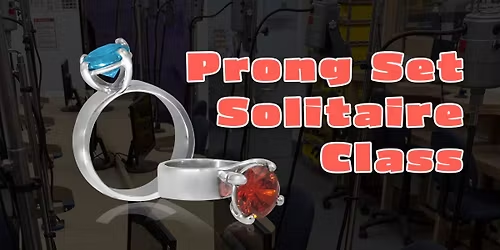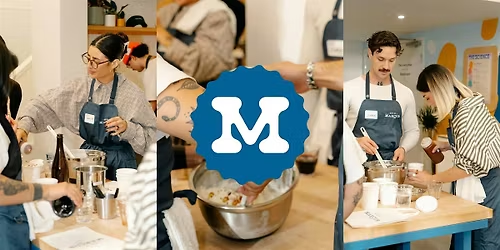
About this Event
Workshop Overview
The November workshop brings the colour sensor to life. Beginners explore how robots can “see” and react, using colours as signals to start, stop, turn, and speak. They’ll stitch together conditionals and loops to create lively, responsive behaviours.
Advanced learners push further, engineering robots that sort objects by colour, follow coloured paths, and make branching decisions in real time. Across both tracks, learners discover how sensor-driven logic powers smart, autonomous systems in the real world, from factory lines to driver-assist tech.
Beginner Track: Colour Sensor Programming & Logical Control
Materials Required
· Laptop or tablet with SPIKE app installed
· LEGO SPIKE Prime kit with hub, motors, and colour sensor
· Coloured bricks or paper tracks
Beginner Track Learning Outcomes
· Explain Sensor Modes: Describe how Colour, Reflected Light, and Ambient Light modes work, and when to use each.
· Program Conditional Actions: Use if/then logic to trigger actions (e.g., if red → stop and play sound; if green → drive forward).
· Apply Loops for Monitoring: Continuously poll the sensor while moving, so robots respond the instant the colour changes.
· Integrate Sensors with Motors: Map colour inputs to motor speed/direction, enabling precise turns, halts, and cues.
· Relate to Real Applications: Link classroom builds to sorting systems, conveyor gates, and quality checks in automation.
Advanced Track: Decision-Based Programming with Colour Sensors
Materials Required
· Laptop or tablet with SPIKE app installed
· LEGO SPIKE Prime kit with hub, motors, and colour sensor
· Tracks and sorting challenges
Advanced Track Learning Outcomes
· Use If/Then/Else Logic: Implement multi-branch decision trees (e.g., if red → reject bin; else if blue → bin A; else → bin B).
· Build Sorting Robots: Design mechanisms that detect, route, and deposit items by colour with repeatable accuracy.
· Follow Coloured Paths: Program line followers that calibrate thresholds, recover from drift, and navigate intersections.
· Troubleshoot Programs: Diagnose with print logs, threshold tuning, and debounce strategies to reduce false reads.
· Connect to Industry: Tie concepts to manufacturing robotics, AGVs/AMRs, and vision-guided vehicle automation.
If you’re unsure who your Chapter Leader is, please contact to get connected and learn how you can support your local team.
For further questions you may have on the day of the workshop, please reach out to [email protected]
Register Now, Space Is Limited!

Event Venue & Nearby Stays
NorQuest College, 10215 108 St NW, Edmonton, Canada
CAD 0.00












